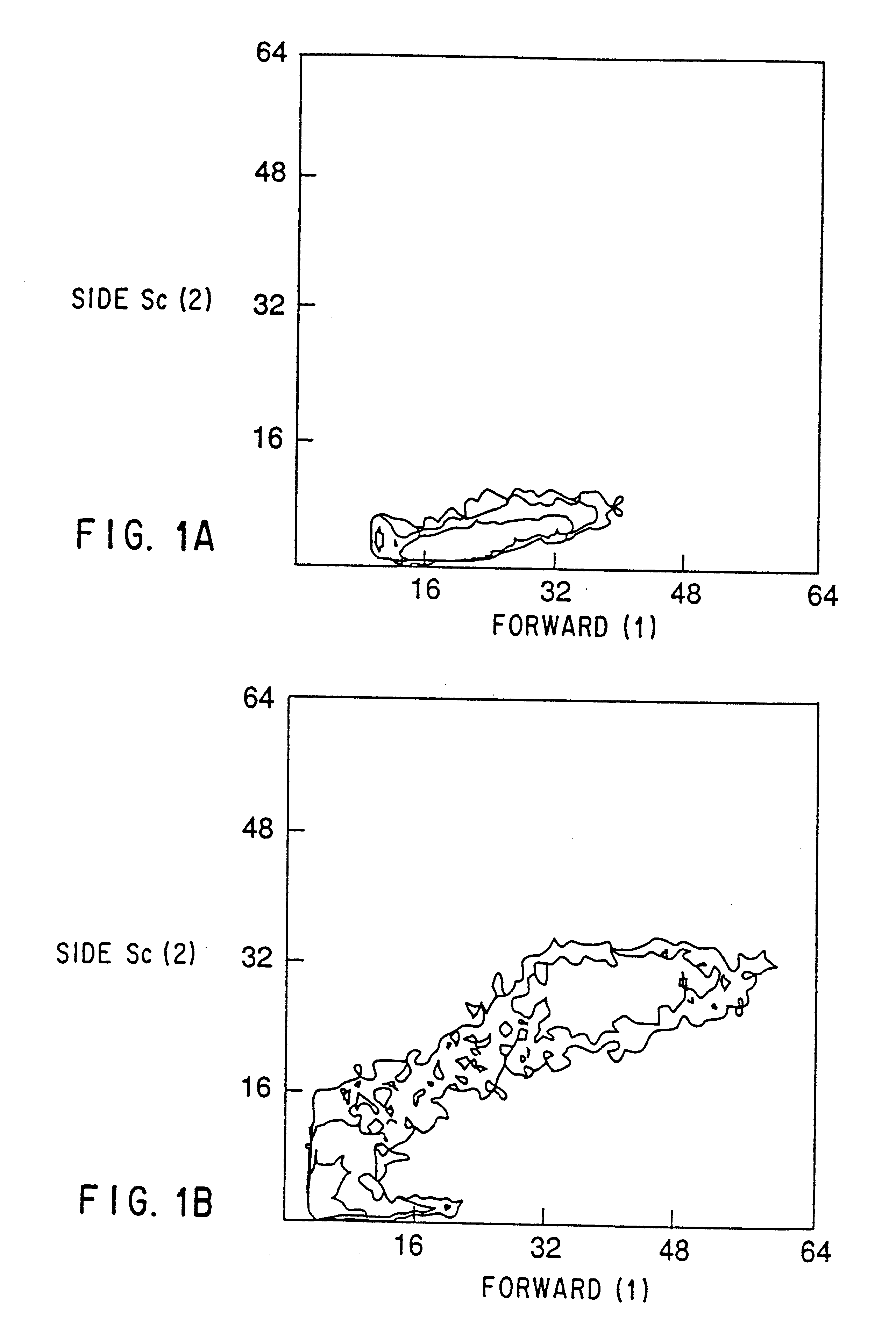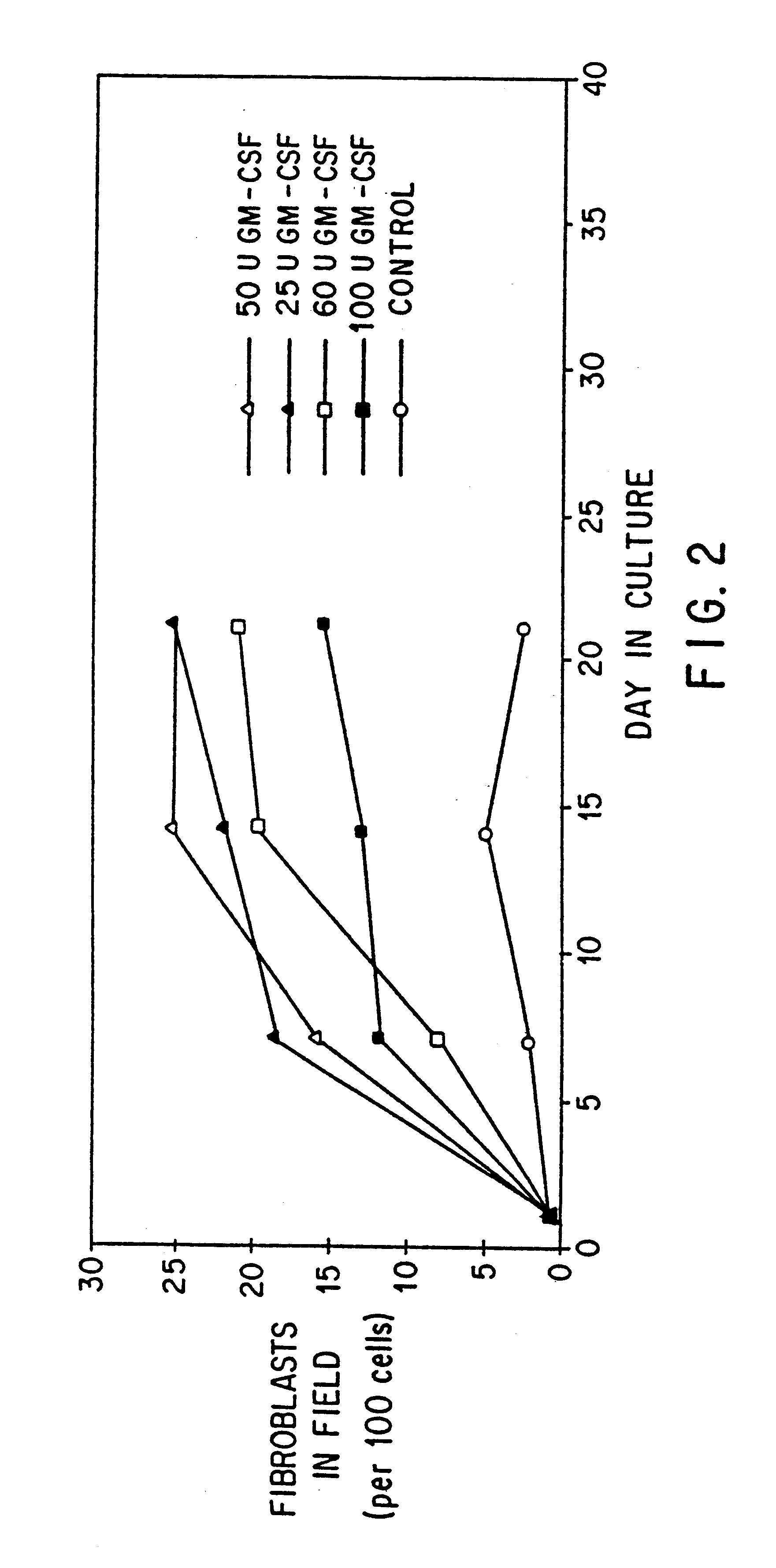Blood-borne mesenchymal cells
a technology of mesenchymal cells and blood, applied in the field of blood-borne mammalian cells, can solve the problems of compromising an individual's ability, affecting the healing effect of wounds, and the entire process taking a relatively long time to complete, so as to improve wound healing
- Summary
- Abstract
- Description
- Claims
- Application Information
AI Technical Summary
Benefits of technology
Problems solved by technology
Method used
Image
Examples
Embodiment Construction
The present invention relates to mammalian blood-borne mesenchymal cells, to methods of isolating and characterizing the cells, and to methods of using the same for a variety of applications including but not limited to wound healing and gene therapy.
The invention is discussed in more detail in the subsections below, for purposes of description and not by way of limitation. The specific procedures and methods described and exemplified for the isolation of the mesenchymal cells from human blood are merely illustrative. Analogous procedures and techniques known in the art are equally applicable. In addition, similar techniques may be applied for the isolation of mesenchymal cells from the blood of non-human mammals.
5.1. ISOLATION OF THE BLOOD-BORNE MESENCHYMAL CELLS
The present invention provides for methods of enriching and / or purifying mesenchymal cells from peripheral blood or other physiological sources of these cells. The biologic activity of these cells may allow for their uses i...
PUM
| Property | Measurement | Unit |
|---|---|---|
| Size | aaaaa | aaaaa |
| Morphology | aaaaa | aaaaa |
Abstract
Description
Claims
Application Information
 Login to View More
Login to View More - R&D
- Intellectual Property
- Life Sciences
- Materials
- Tech Scout
- Unparalleled Data Quality
- Higher Quality Content
- 60% Fewer Hallucinations
Browse by: Latest US Patents, China's latest patents, Technical Efficacy Thesaurus, Application Domain, Technology Topic, Popular Technical Reports.
© 2025 PatSnap. All rights reserved.Legal|Privacy policy|Modern Slavery Act Transparency Statement|Sitemap|About US| Contact US: help@patsnap.com


